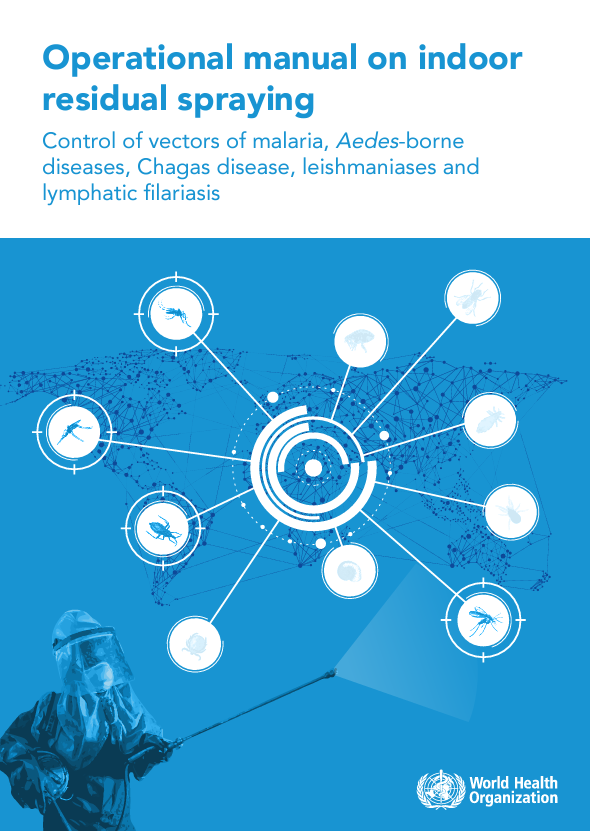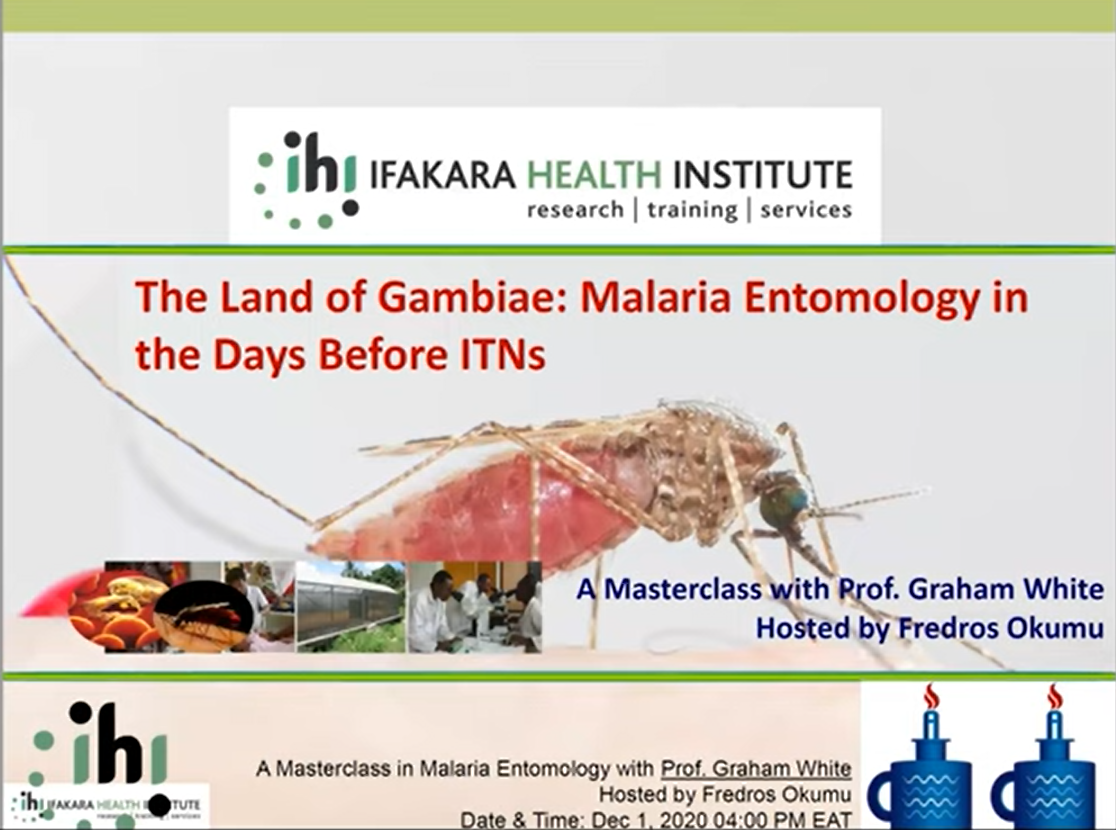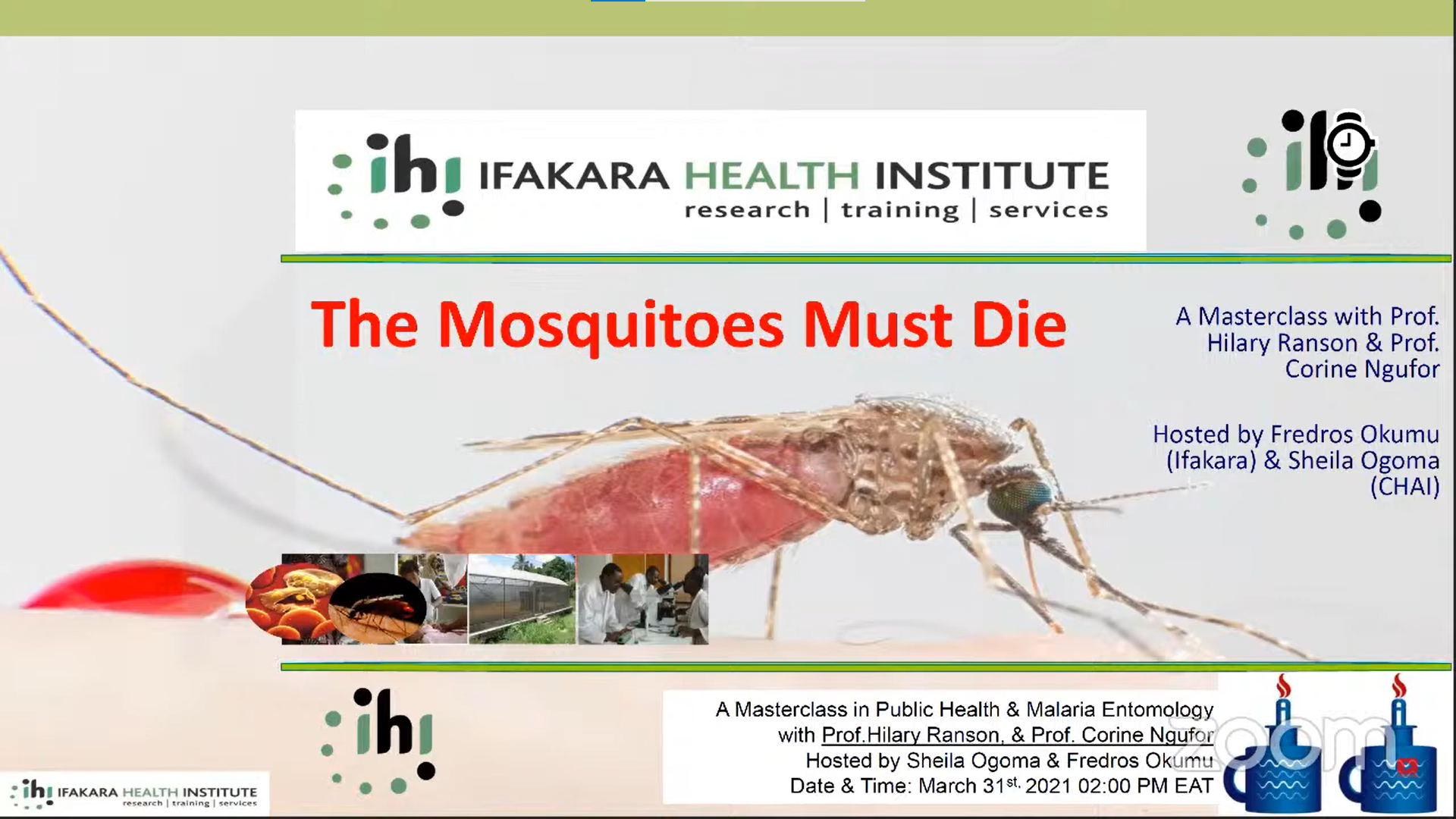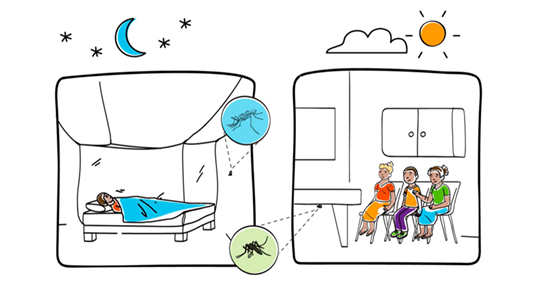Operational manual on indoor residual spraying: Control of vectors of malaria, Aedes-borne diseases, Chagas disease, leishmaniases and lymphatic filariasis
Published: 13/02/2024
Indoor residual spraying (IRS) involves applying residual insecticide to potential vector resting sites on the interior surfaces of human dwellings or other buildings. The main aim of IRS is to kill vectors before they are able to transmit pathogens to humans. When carried out correctly, IRS has historically been shown to be a powerful intervention to reduce adult vector density and longevity for mosquitoes, sand flies and triatomine bugs and can reduce the transmission of vector-borne diseases.
This operational manual is designed to provide guidance on the establishment, management, implementation, reporting and evaluation of safe and effective IRS campaigns within the context of a locally adapted and sustainable vector control programme, in line with the Global vector control response 2017–2030. It provides information according to current WHO recommendations and standards on IRS and recognizes that IRS can potentially target multiple diseases in areas where endophilic vectors coexist.
The key audience for this document is vector-borne disease control programme managers and staff, as well as implementing or private-sector partners at the national, provincial/state or local levels, who are responsible for the design, planning or implementation of vector control operations.



